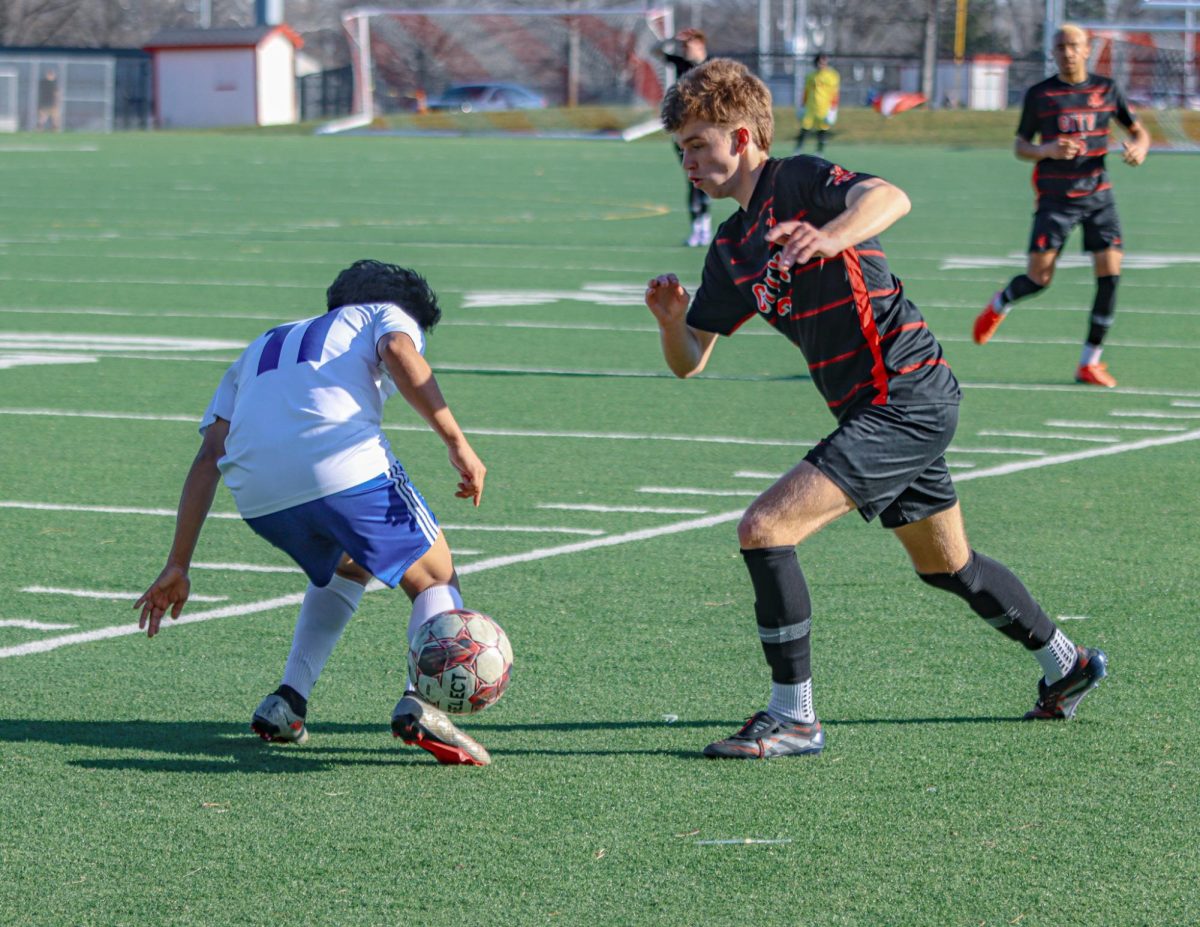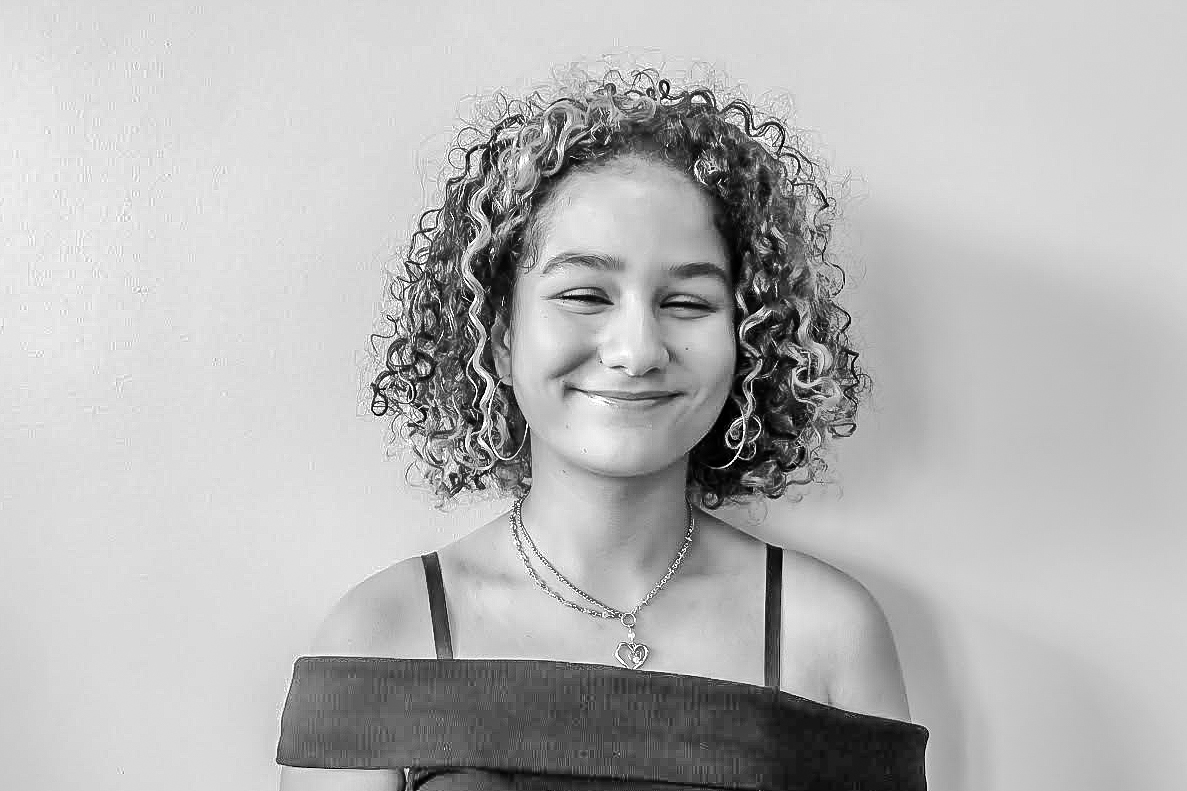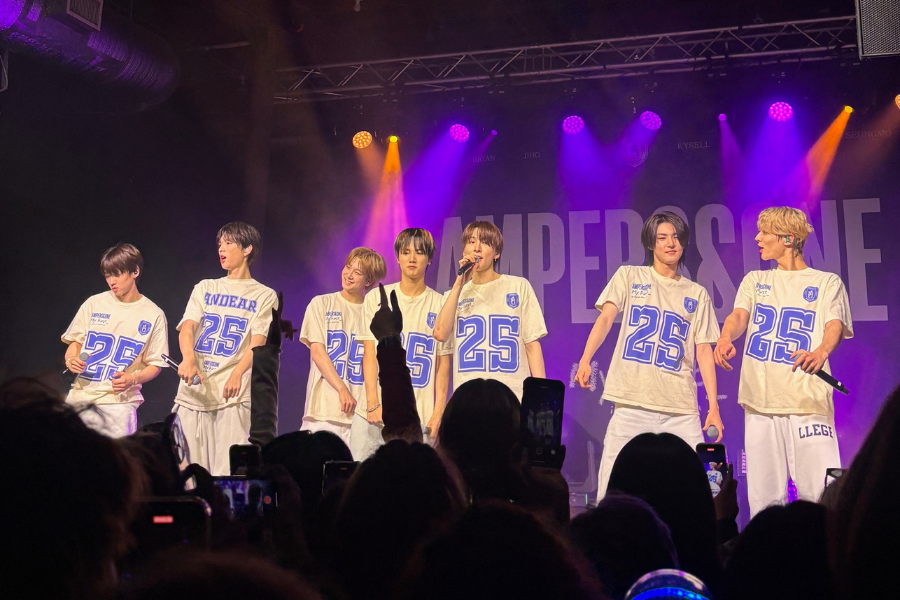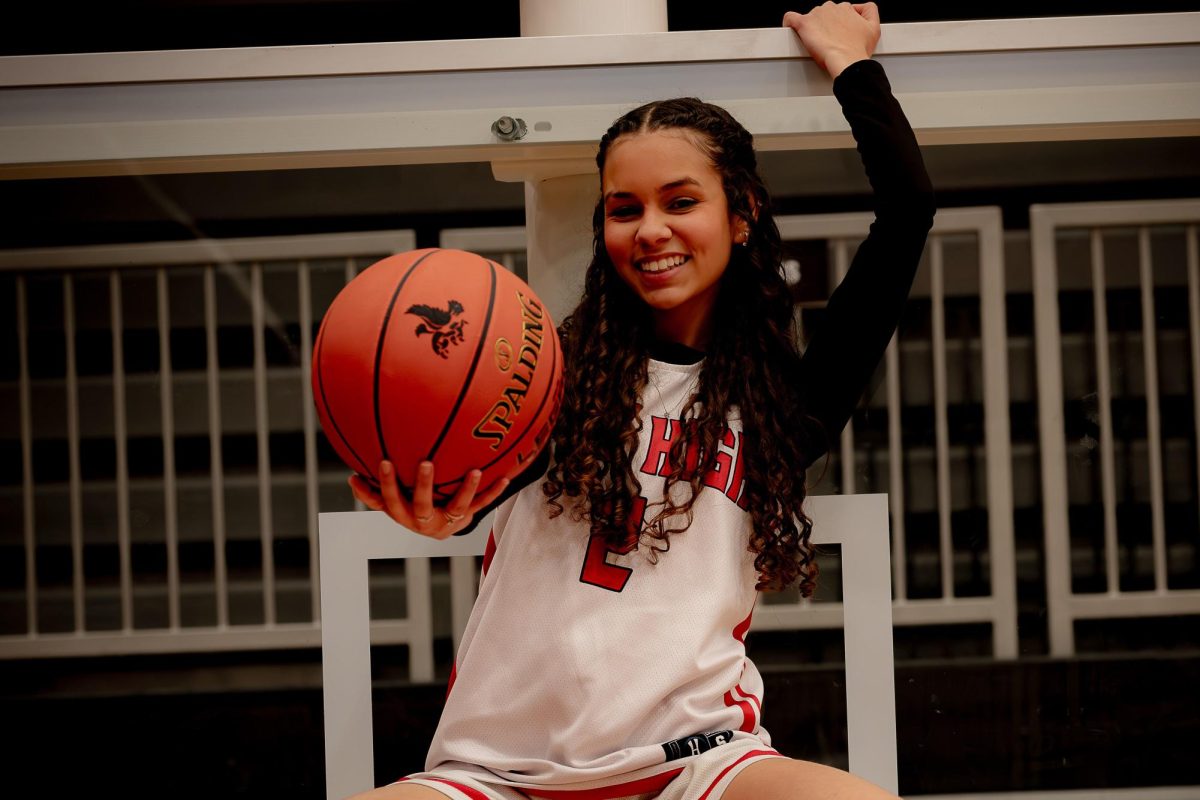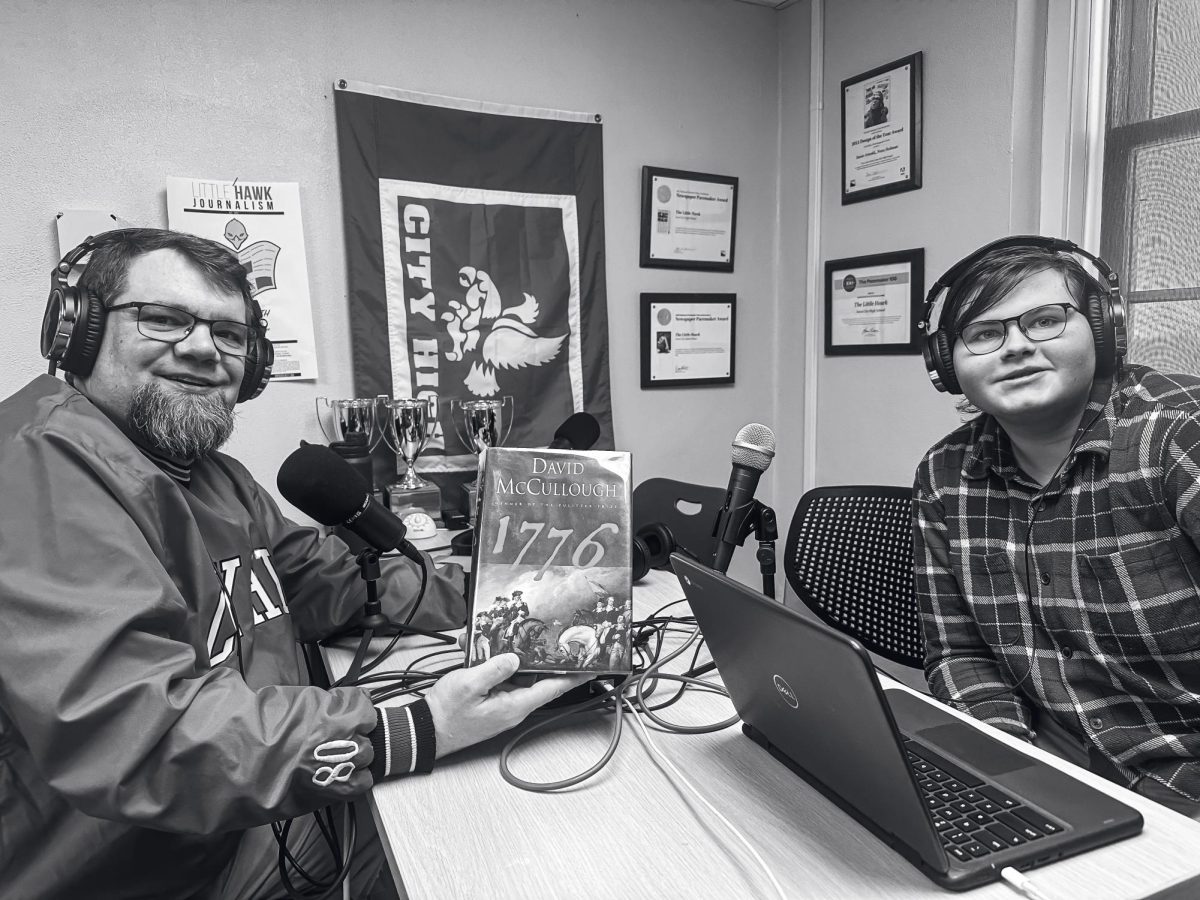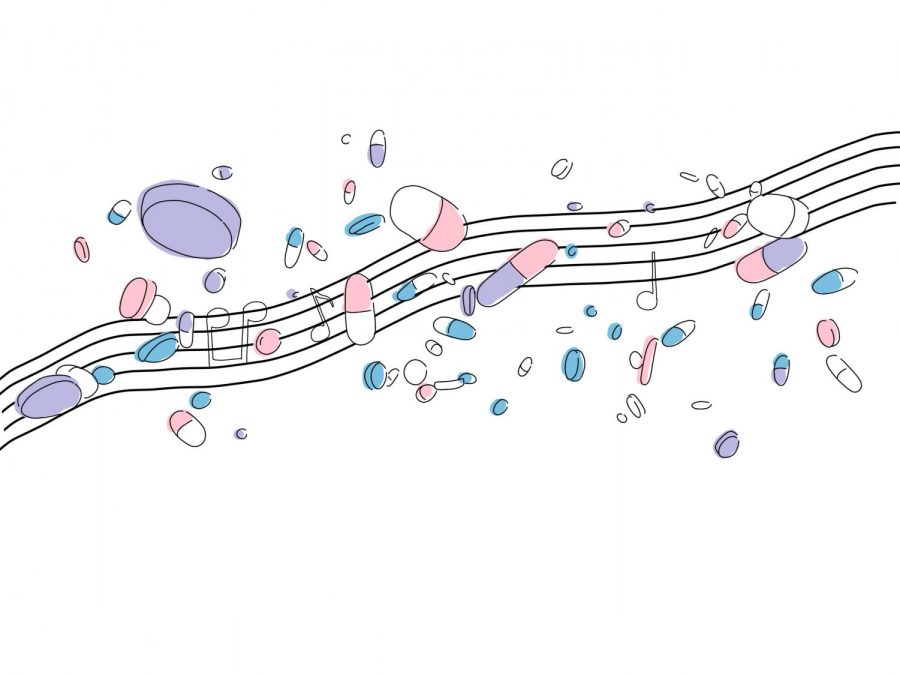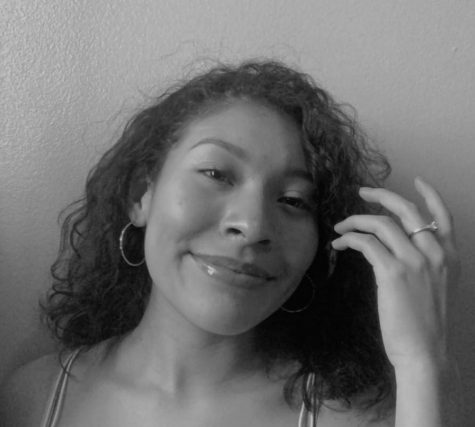Drugs and Drums
the influence music has in adolescent drug usage.
February 27, 2020
The hip-hop and rap genre has skyrocketed in recent years, with new artists hitting the tops of the charts every month, changing the rap game. One rapper known for this was Juice Wrld, also known as Jarad Anthony Higgins, who passed away in early December 2019 from an overdose on prescription drugs in Chicago’s O’Hare Airport. Higgins suffered from a history of drug addiction and constantly rapped about it in his music.
“[When I heard about] Juice Wrld’s death, everything just kind of dropped at the moment. I was showering. And then I saw a headline; I was like, excuse my language, but ‘What the f**k?’” Raiden Kelly ‘21 said.
However, for Gustavo Maximo 21’, a fan of Juice Wrld, his reaction to the news was no surprise.
“I was kinda surprised, [that] out of everybody [Juice Wrld] died,” said Maximo. “But when I found out how I wasn’t surprised, it was expected.”
Another well-known rapper is Lil Peep, also known as Gustav Elijah ÅhrDue, who suffered from many mental health issues that resulted in his frequent drug use. On November 15, 2017, Gustav passed away from an accidental overdose on fentanyl and Xanax. Both rappers’ music impacted many of their fans and the music industry itself, but due to the circumstances, many are also unimpressed with the lifestyle these rappers portrayed.
“As for Lil Peep’s death, I didn’t listen to him at the time, [but once I did I liked] the guitars and the lyrics and it just all kind of sounded good, not so much relating to it,” Kelly said.
These rappers’ stories of addiction are not uncommon, as many artists in the music industry have undergone similar instances of dealing with drug addiction, with artists such as Demi Lovato, who went to rehab because of her addiction to heroin, and Mac Miller, who also passed away due to an overdose. Drug addiction in the music industry is commonly targeted at the rap genre, as a good amount of rappers’ music contains lyrics about drugs and drug usage, but many tend to overlook the fact that the actual emergence of addiction in the industry originated from other genres of music/artists, not just rappers.
“Music of all genres has been an influence in adolescent lives from the beginning—look at ‘Beatlemania’ back in the 1960s!” Kristin Brack at PRELUDE Behavioral Services said. “While there may have been a more subtle reference to drug and alcohol culture during that time, there was, is, and most likely always will be a reference to drug and alcohol culture through music and movies. Today, adolescents have more access to music and movies through YouTube, social media, and of course, television/music videos. I wouldn’t say that it’s limited to rap culture, although it is more prominent.”
Rappers like Juice World and Lil Peep created music that received much praise from their fans as their music brought in fans on an emotional level with their lyrics.
“Even though [their music] is sad—not that I’m terribly sad all the time, but you know, I definitely have my moments—it still gets me happy and still makes me motivated in a way,” Kelly said.
The various deaths of multiple artists have caused concerns that any correlation between illicit drug and alcohol use and music that contain lyrics about those subjects may affect and influence listeners, specifically adolescents.
“Music may have more of an influence on adolescents because their brains are still developing. The frontal lobe of the brain isn’t developed until between the ages of 25 for women and 27 for men,” said Brack. “The frontal lobe is responsible for our emotions and decision-making process. If adolescents are exposed to heavy messages in the media and through music about acceptance to use alcohol or drugs, that may influence or impact their decisions to use at a young age because that brain isn’t quite fully equipped to make healthy decisions around the things it’s exposed to.”
The question of whether music that discusses drug and alcohol usage should do so is still subject to debate. Music is seen as an artist’s method of expression of every human emotion and truth. Juice Wrld utilized his songs as methods to convey honesty and vulnerability, discussing pain, depression, addiction, and heartbreak with popular songs such as “Lucid Dreams,” “All Girls Are the Same,” “Empty,” “Robbery,” and more.
“More recently, I’ve just kind of realised certain things about myself and my coming up, the way that substances played a part in my life,” Juice Wrld said in an interview with Vulture Magazine. “It’s something that I’m trying to separate myself from.”
As for Maximo, he believes these artists shared their emotions through their music and impacting people on an emotional level. Maximo found himself being able to enjoy many of Juice Wrld’s songs no matter what mood he was in.
“The music is catchy, while not everything they say is relatable to me such as the heartbreak in the [songs],” Kelly said. “But again, that’s what people want to hear. They want to hear about the emptiness and the pain because that’s what’s relatable. That’s why they were big”.
Although illicit content relating to drug abuse and other misdemeanors are included in other genres, hip-hop is the music that faces continuous backlash for its discussion on the matter. However, a study conducted by researchers went through millions of songs from the Songmeanings API database and studied how frequently drug references were made, and the types of drugs discussed. The study showed that country music had more references to drug use than any other genre, averaging 1.6 drug references per song. hip-hop music came in last with one mention per song and electronica was in the middle.
“Looking back to artists like Bob Dylan, The Beatles, The Doors, all non-rappers, and you’ll find drug and alcohol messages in their music. Look ahead to the ’80s and ‘90s with artists like Snoop Dogg, NWA, Sublime, and you’ll find very blatant messages about drug and alcohol culture. With more social acceptance, the messages become much more blatant and obvious, and that social acceptance has only grown through the generations”, Brack said.
A study conducted by Addiction.com showed that illicit drug references in music have risen between 1970 and the mid-2000s.
“It’s so common that everybody does it now,” Maximo said. “It’s so normal to speak about it. Before, people would be secretive about it, but now everybody’s out and about with it.”
There has also been discussion of how the problem can be resolved. It is the artist’s responsibility to manage or control the amount of drug or illegal content in their music or do they have full creative freedom? And if it is not the artist’s responsibility, whose is it?
“I honestly don’t know if the negative messages in music can be combated,” Brack said. “Looking back in time, there’s always been a way for artists to incorporate drug or alcohol culture in music. Parents can do their best to be aware of the music, movies, and videos their child is exposed to—again, a tough thing for parents to monitor with so much more exposure in 2020 with the rise of apps, social media, and other avenues that adolescents have access to.”
If you or someone you know is struggling with addiction, please contact the SAMHSA substance abuse helpline at 1-800-662-HELP












